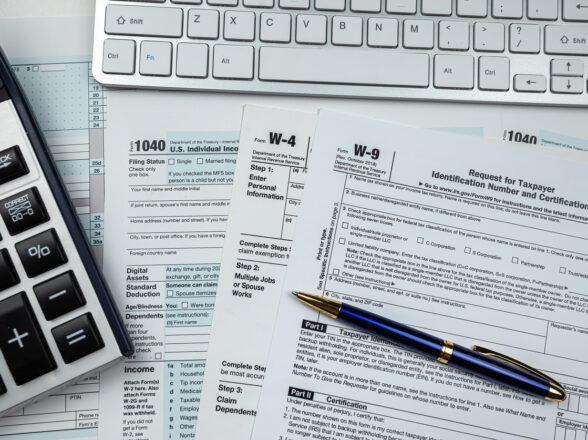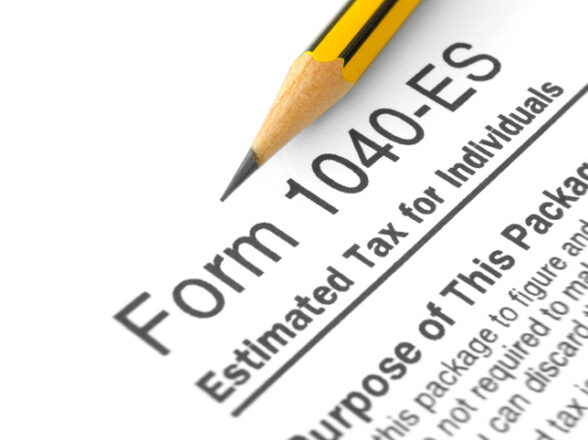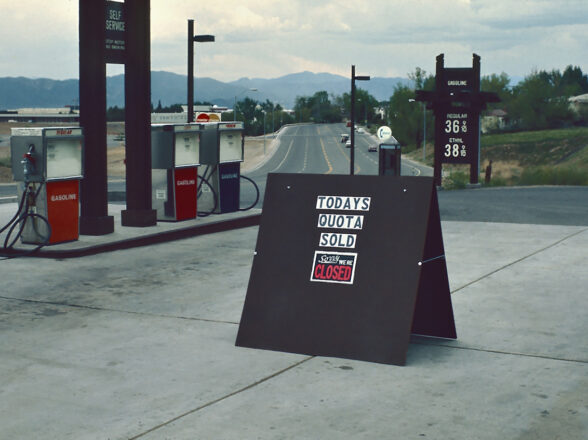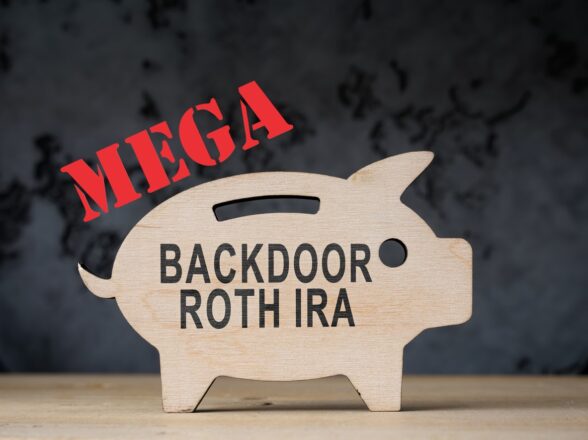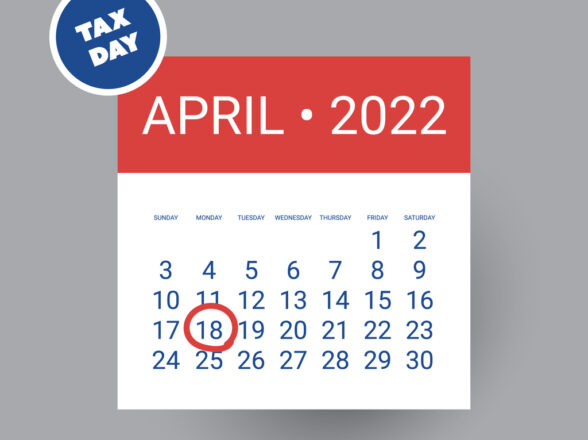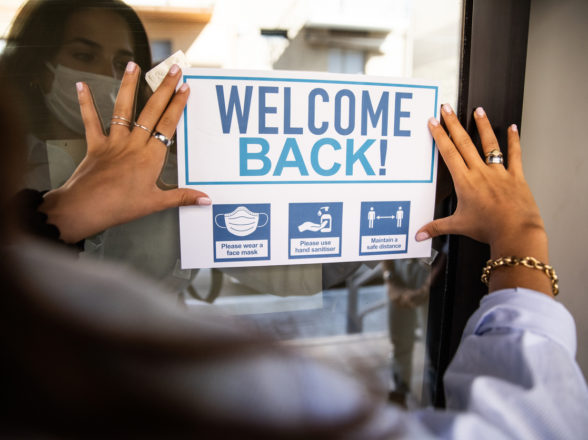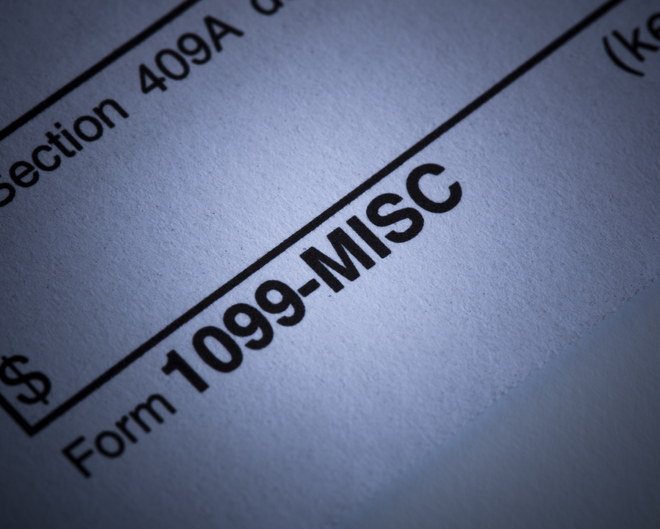Blog
NEW: Colorado’s Secure Savings Program Explained

Most government institutions have put in place a system that allows all employees in these institutions to save up some money from their salaries. Unfortunately, the private sector does not have such a structure, so their employees retire without any savings.
In Colorado, over 900,000 workers (mostly in the private sector) are not under any savings plan for retirement as their employers do not offer any. With the new program, Colorado’s state government hopes to reduce this gap and help more people save for their retirement without putting too much responsibility on the employers.
The new state-run retirement savings program, Secure Savings, seeks to provide retirement accounts for employees with no retirement plans from their employers. It’s an automated process where the state will automatically deduct money from an employee’s paycheck and save it in the retirement account.
How Will Secure Savings Work?
The program will roll out in 2023 and will not require that employers provide plans for their employees. It’s simply an effort from the state to help business owners and employees with no retirement savings plan start saving.
In anticipation of the roll-out, the state is set to initiate a pilot program in October 2022, targeting a small number of people to test the program’s efficiency. In this period, employers with no retirement plan for their employees are expected to submit up to 5 of their employees to participate in the pilot.
Colorado is drawing inspiration from other states like Illinois, Oregon, and California, which have already rolled out an auto-IRA program for their residents, and it’s working just fine. For example, Oregon launched the OregonSaves program in July 2017, starting with a pilot program that later rolled out fully. By the end of 2020, OregonSaves had total assets amounting to $84 million, with over 87,000 funded accounts.
These successful case studies make it easy to roll out the program as Colorado can borrow tips from the succeeding states. Therefore, all the involved parties must understand the program and know their responsibilities so that the program is successful.
Paycheck deductions
The state treasury will work hand-in-hand with the employers to deduct a certain amount from the employee’s salaries and deposit it into their Secure Savings accounts. The deductions will start at 5% of the salary for every paycheck.
The retirement accounts are set to be Roth accounts which allow workers to go tax-free as long as they follow the rules. They’ll also have the option to change the deduction percentage, or opt-out from the
A Roth account may also allow an early withdrawal other than the set limit of above 59½ years, especially if you are using the money for a life-changing event like childbirth, first-time homeowner, or college expenses.
Colorado’s Secure Savings Program Requirements
As mentioned earlier, the state has over 900,000 workers with no retirement savings plan as a Roth account or 401(k) from their employers. That accounts for an estimated 40% of the state’s workforce, with this number expected to grow in the coming years. All these people qualify for the program and should enroll in it.
For a business to qualify for the program, it should have at least five employees. On the other hand, a company can only qualify if it has been operating for two or more years. So if you register a new company today, you’ll have to wait until it’s at least two years old before you can sign up your employees for the program.
All eligible businesses and companies must comply with the state’s requirements to submit their employees for the program. During the small-scale pilot phase, each of these employers should enroll up to 5 employees and then enroll the others after the full roll-out.
All businesses that fail to enroll their employees in the Secure Savings program are likely to face penalties. Therefore, each of the qualifying employers needs to take action and enroll their employees.
In case an enrolled employee changes the job or moves to a different state, the program will continue actively unless they choose to opt-out. That means the program is flexible enough to move with you wherever you go so that you can continue increasing your savings.
Why Colorado Introduced the Secure Savings Program
Colorado has a huge workforce, but most people are not covered under any retirement plan because of different factors at work. This means that the government must step up and provide a solution so that more people can enroll in the program.
Some of these factors include:
Job mobility
A business or a company may not enroll someone into a retirement savings plan if they are staying on the job for a short period and then move to another job. Most of the covered people have worked in one company or business for quite some time.
Therefore, the state had to come up with a plan that would cover even those working on a mobile job and ensure that they were able to save on their different jobs.
Job demand
If someone is working on a contract or part-time basis, they are likely to remain uncovered even if they work in a certain company for years. This is because most companies tend to sign up their full-time employees and leave out the rest.
The Secure Savings program covers all the different workers as long as they have a paycheck and the company they are working with qualifies for the program.
Financial capability
Most uncovered workers are low-income earners and go through greater financial stress compared to other workers. Also, they are not aware of profitable financial products like interest on savings and other methods of diversifying their financial portfolio.
Secure Savings program is a simple investment option that doesn’t strain these workers beyond their capability. It is also flexible enough to allow them to opt-out of the program any time or adjust the deduction rates to any rate they want.
Cost to employers
Many employers choose not to create a retirement plan for their employees because of the costs they would incur and the complexity of the tasks. This varies across the different companies and businesses depending on their size and the number of employees.
With the Secure Savings program, employers are only required to complete a few tasks while enrolling their employees and then leave the rest for the state to do; they have to work in cooperation with the state so that it’s easier to make the deductions.
How Well is Colorado’s Secure Savings Program Designed for the Target Population?
Colorado’s Secure Savings program’s main goal is to provide a plan where employees can save for their retirements without burdening their employers. The state will be responsible for running the program and making it as efficient as possible for the residents.
Here’s how the program suits the population:
It offers a Roth-IRA model
Roth-IRA accounts are flexible in that an employee can access their funds before they retire without running the risk of penalties as with traditional IRA models. Since most people not covered under any retirement saving plan are low-income earners, the state chose to use the Roth-IRA model for their accounts to make it tax-free.
The program is accessible from any state
As mentioned earlier, an employee can easily move with their Secure Savings account in case they need to move to work in a different state. They can also move with it on different jobs and continue remitting their contributions. You’ll notice that most people without any retirement plan in place do not have stable jobs and therefore move from job to job.
The state created this program to be as flexible as possible to accommodate workers who are always changing jobs. This portability of the Secure Savings program will allow these mobile workers to save consistently in one account.
The program’s model is simple
The state designed this program such that the employees don’t engage too much in the complexity of signing up or calculating deductions so that it’s easy for them to use it. Therefore, employers submit their employees for auto-enrolment, and also the rest of the process is automated. The simplicity of the processes attracts more people, and they stay in it for the long term.
What’s next?
After rolling out the program, the state will expect that all the qualifying business enroll their employees without fail. According to Angie Chen, a research economist and assistant director with the Center for Retirement Research at Boston College, voluntary enrollment may not bear any results.
It will also cost in educating people about it and channeling funds to campaign for registrations. But it will be an easier process if the employers take up the task. Other states are also beginning to embrace this model, so it’s easier to run it countrywide in collaboration with other states.















